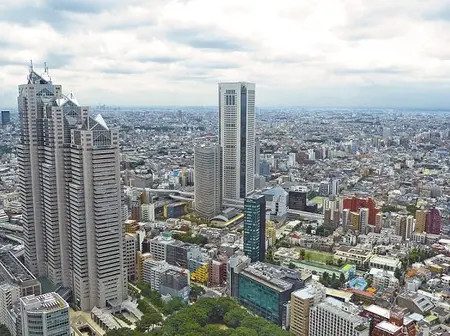When Kenya and Japan established diplomatic relations in 1964, the relationship began with a handful of exchanges and goodwill gestures. Today, it is one of the most impactful development partnerships in Africa. Japan is now Kenya’s largest bilateral development partner and the single biggest provider of Official Development Assistance (ODA) to our country, contributing billions of shillings over the decades. That’s not just a number; it’s the story of how ports got bigger, roads got smoother, lights came on in more homes, and skills spread across sectors.
You can see Japan’s footprint in Mombasa, where the port has expanded into a modern maritime hub that now moves over 1.4 million shipping containers a year, keeping goods flowing not just for Kenya but for Uganda, Rwanda, South Sudan, and beyond. You can see it in the geothermal power stations at Olkaria, which have turned Kenya into Africa’s leader in renewable energy, supplying more than half of our electricity from a source that’s both clean and reliable. You can see it in Dongo Kundu Bypass Highway and Nairobi, where the Eastern Bypass and Ring Road have cut travel times and reduced congestion, making life easier for millions of commuters.
This hasn’t been charity work. Every project is aligned with Kenya’s own Vision 2030 development blueprint, ensuring we’re building for our priorities—economic growth, social inclusion, and environmental sustainability. Japan’s approach is distinctive: projects aren’t just handed over; they’re transferred with technology, training, and know-how so that Kenyans can maintain, adapt, and expand them for the future.
Since April, during our time at Expo 2025 Osaka, I’ve had countless conversations with Japanese officials, business leaders, and everyday visitors who already know some of these projects by name. Many have a personal link; perhaps they worked on a road in Nairobi or contributed technology to a Kenyan hospital. These discussions have turned naturally to the future: how do we take the same principles that worked for ports and power plants and apply them to climate change adaptation, green manufacturing, or digital transformation?
The answer, as always, lies in partnership. We know who we are to each other—trusted partners. We know what we can achieve from projects that have had an impact and lasted for years. We know when to act now, as global challenges intensify. We know where the opportunities lie, from renewable energy fields to smart city infrastructure. We know why it matters because development should transform lives, not just landscapes. And we know how by working together with mutual respect, clear goals, and a long-term view.

Leave a Reply